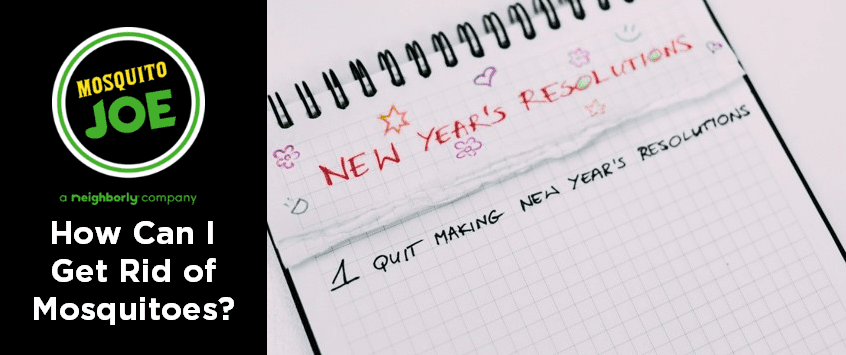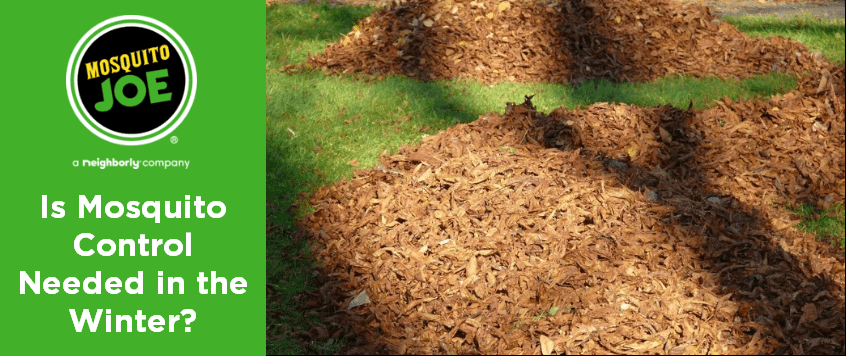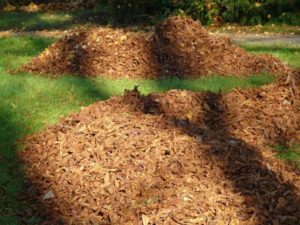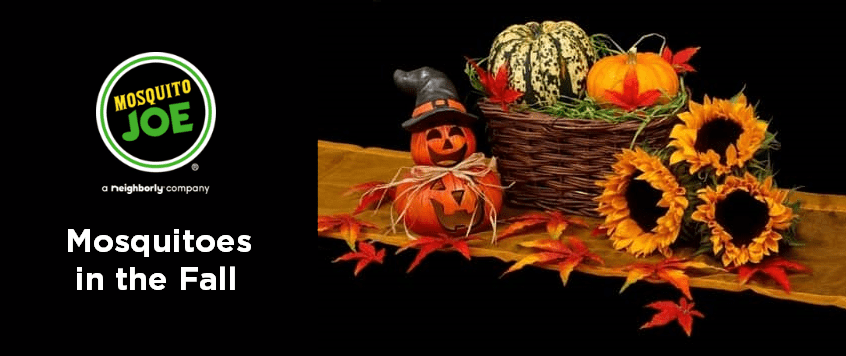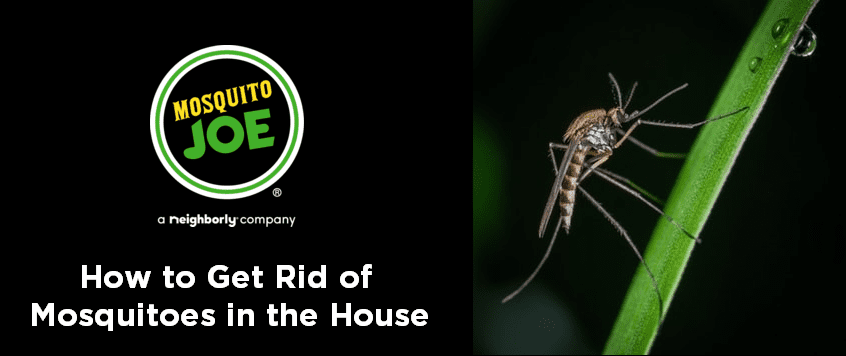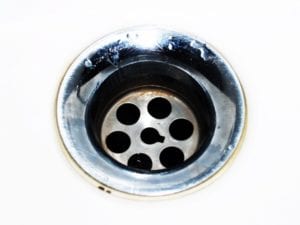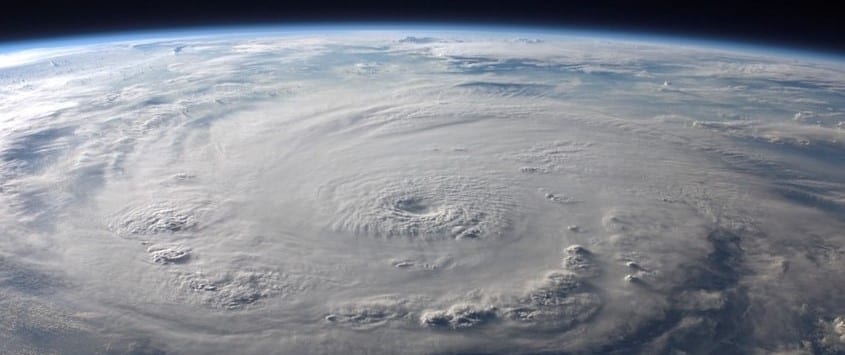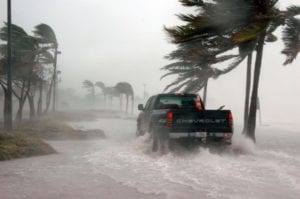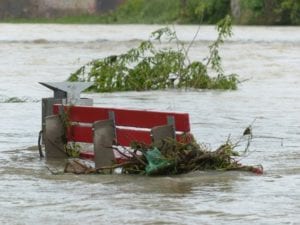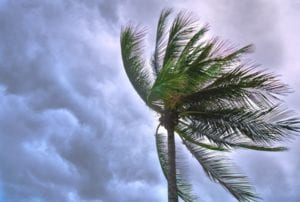How Can I Get Rid of Mosquitoes?
It’s a new year and along with it come new resolutions. Maybe you want to get in the gym more, or be on your phone less, or tackle that big project you’ve been putting off. It’s highly unlikely that your resolutions involve mosquitoes, but if there was ever a time to work on reducing your summer bites it would be now. Just like your “summer vacation self” would thank you for starting that new workout routine now, your family will thank you come to the warm weather. So how can you get rid of mosquitoes?
The easiest way to get rid of mosquitoes is to call Mosquito Joe of NW Houston and we can take care of it for you, but we want to give you some tips and tricks to drive the population in your yard down come summer that you can do yourself.
One mosquito lays about 300 eggs every couple of days in ONE teaspoon of water. Half of those offspring will go on to do the same in as many days. In this way, one mosquito can become well over millions in a month.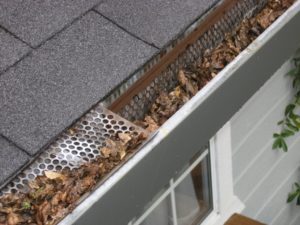
Mosquitoes lay their eggs wherever the ground holds water or where is doesn’t dry. If there is no water, then they are very sneaky about their placement aiming to lay the eggs where water will gather later.
For this reason, one of the first and most important steps you should take to reduce the population is to reduce these potential breeding spots. This starts with your gutters – clearing them out and keeping them clear of leaves. Don’t forget the important step of flushing them out with water when you are finished. The sludge is just as important and is often forgotten. Keeping up with this can be tedious but it is well worth it. Make sure that the gutters are flowing freely all the way down the downspouts, they are easily blocked and missed. Make sure that the runoff blocks, if you have them, are directed away from your home and not pooling water or damaging your foundation.
 Once the gutters are clean you should turn your attention to the ground. Raking up all the fallen leaves and pine needles will help the soil dry out and stay that way – piles of leaves will shade the soil and thus produce the perfect place for eggs to be laid. The same holds true for fallen branches and brushes – cleaning them all up and removing them will make a big difference, don’t make the mistake of leaving piles of them in the yard.
Once the gutters are clean you should turn your attention to the ground. Raking up all the fallen leaves and pine needles will help the soil dry out and stay that way – piles of leaves will shade the soil and thus produce the perfect place for eggs to be laid. The same holds true for fallen branches and brushes – cleaning them all up and removing them will make a big difference, don’t make the mistake of leaving piles of them in the yard.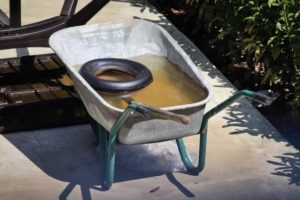
Take some time to walk through your yard. Remember that only one teaspoon of water is enough to create a population, so look for holes in tree stumps, low-lying spots in the yard, pots turned the wrong way, or even fence posts without caps on them. Remove any tires, plastic containers, or anything that holds water.
 Children’s toys can hold a lot of water, and this includes plastic swing seats, see-saws, and such. Removing these areas that hold water will make a huge difference come the spring. And what you cannot remove you can remedy – drill holes in the bottom of tire swings, kids’ toys, even your trash cans that will hold water after rain.
Children’s toys can hold a lot of water, and this includes plastic swing seats, see-saws, and such. Removing these areas that hold water will make a huge difference come the spring. And what you cannot remove you can remedy – drill holes in the bottom of tire swings, kids’ toys, even your trash cans that will hold water after rain.
Once you have your yard in order staying on top of it after rains (and leaves fall) is vital. But if you keep at it and keep the water away you will have made a huge impact on the bites you receive in the spring. And of course, if you would just rather not have any issues reach out to us for a free quote at 281-815-0228.
 Outside is fun again.
Outside is fun again.
